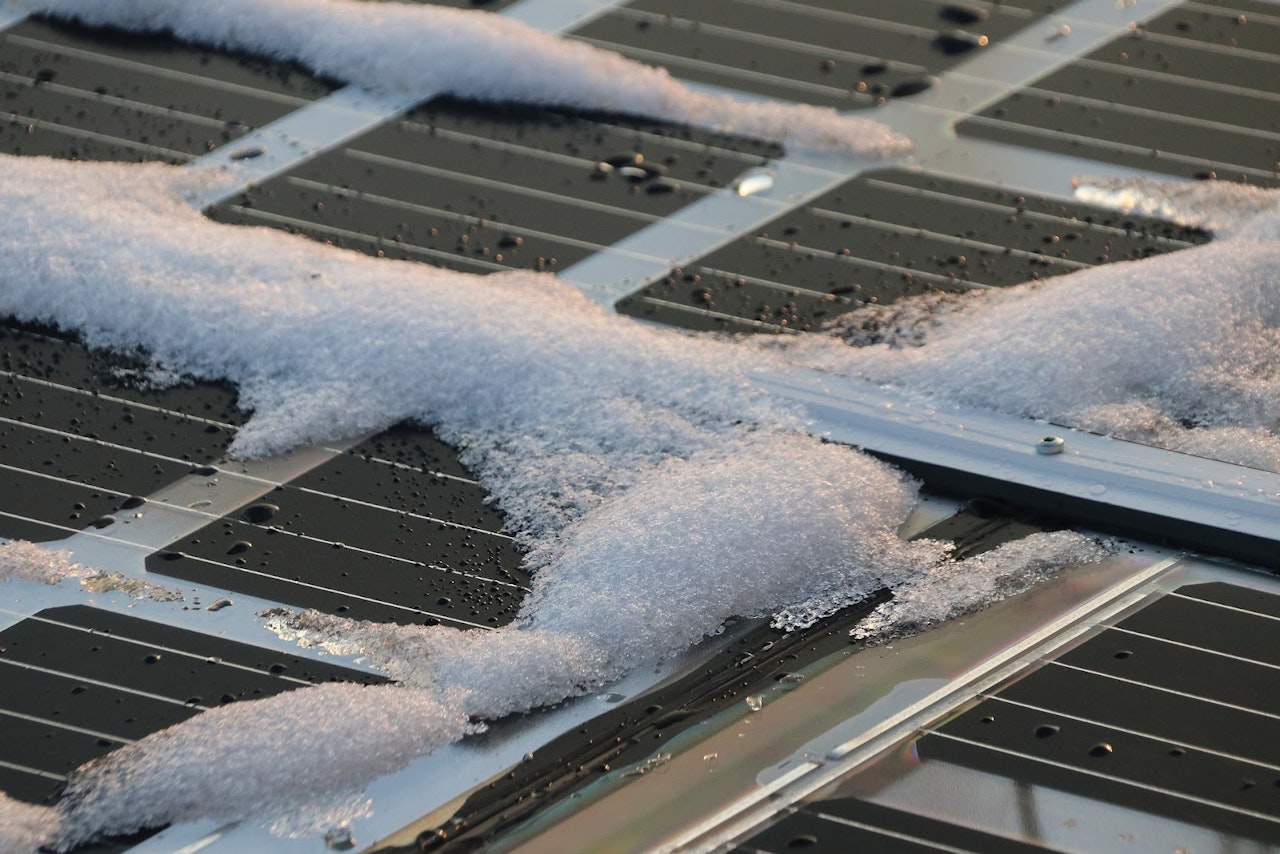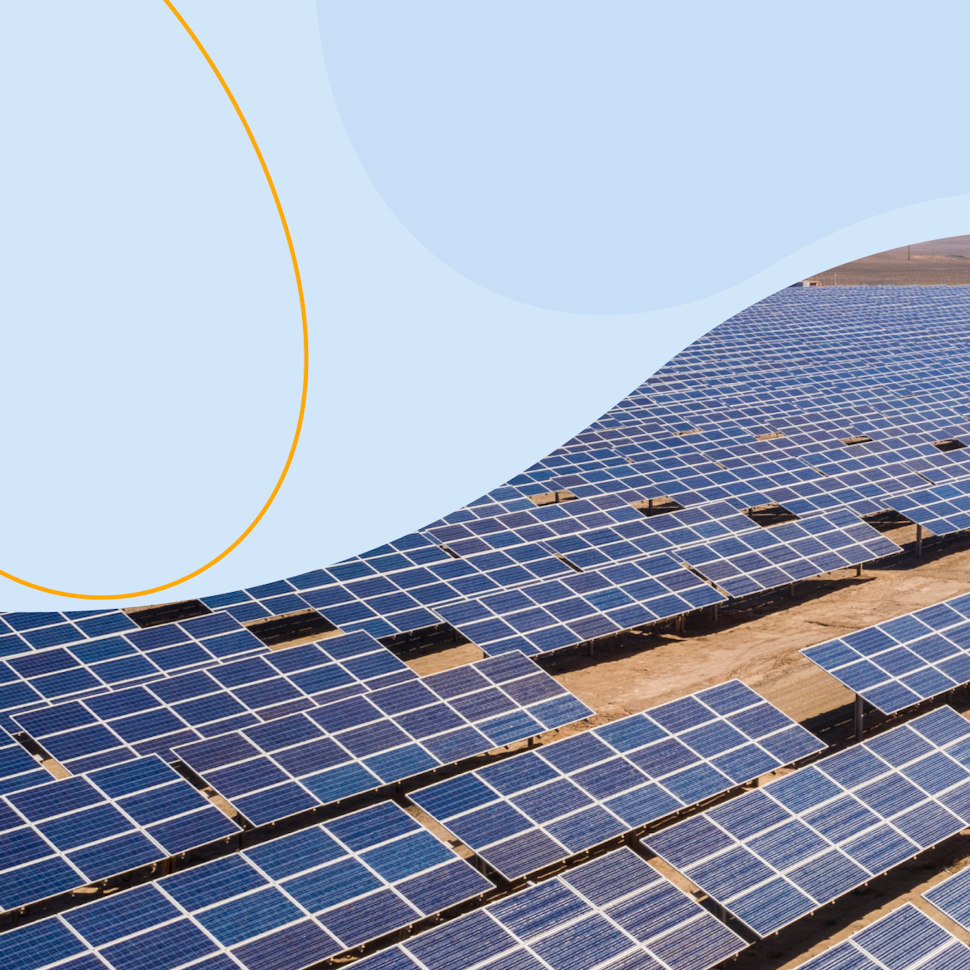- Solar energy blog
- How to battle soiling losses with RatedPower
How to battle soiling losses with RatedPower
How do soiling losses affect the output from a solar energy system and how can RatedPower help to account for them in a PV project?


Natalia Opie
Manager of Customer Success
Natalia Opie leads the Customer Success team for RatedPower. She is passionate for renewable energies and their role within the global environmental transition and has a thorough understanding of the solar industry, backed by her BSc in Energy Engineering, her MSc in Renewable Energy in Electrical Systems, and six years of experience partnering with clients of different countries to develop profitable, optimized assets.

Content
Shaded solar photovoltaic (PV) panels from sunlight reduce the amount of electricity they can generate, affecting the profitability of an installation. As we saw in our previous post on shading losses, there are ways to design a solar energy system to reduce near shading losses by spacing out the panels or modifying their angle to avoid the rows in the array from shading each other.
In this post we take a closer look at the impact of soiling on a solar photovoltaic plant’s output. Then we explain how you can account for soiling losses in RatedPower to plan your project with the highest possible efficiency.

What are soiling losses?
Soiling refers to physical obstructions that accumulate on solar panels, blocking or scattering the amount of sunlight that can reach the PV cell for conversion into energy. Soiling losses are a form of shading loss that it is important to consider when calculating solar PV system losses, as they affect the overall energy yield.
Soiling has a negative effect on the return on investment (ROI) of a utility-scale solar PV installation, not only because of the reduction in revenues from electricity output but because it increases the uncertainty of performance projections and incurs operational and maintenance (O&M) costs. That raises the financial risk of a project and can result in lenders charging higher interest rates to approve financing.
What causes soiling losses? Obstructions that affect a PV panel’s ability to absorb sunlight include:
dust
sand
pollen
soot
aerosols
ice and snow
The amount of soiling that an installation will experience depends on its geographic location. The amount of sand, pollution and other dirt in the air, local bird population, as well as wind and rainfall all determine how much soiling will accumulate. In desert locations such as California or the Middle East, a combination of dust, wind, and low levels of rainfall result in a significant accumulation of soiling that reduces power output. A lack of rainfall limits the amount of dust and dirt that will be removed naturally over time.
Research by the Qatar Environment & Energy Research Institute found that dust and sediment continue to build up in thick layers on the surface of a solar panel module even after long periods, rather than being blown away by the wind. Soiling tends to occur at a higher rate in the winter, as condensation in the morning causes dust to stick to the surface. By contrast, in Southern California, soiling losses tend to be high during the dry summer months and fall during the winter when rainfall levels rise.

Ice and snow are also a form of soiling that can block sunlight from reaching PV cells. In countries such as Canada, energy losses will vary greatly from month to month, with the highest losses occurring between October and March.
Bird droppings are considered to be soiling as an environmental cause of obstruction, but are less likely to wash away in rain and cause more substantial blocking that can disrupt the power output from a whole string of modules.
As PV panels are installed at an angle to maximize their exposure to direct sunlight, some dust and debris will slide off naturally. But regular solar panel module cleaning and maintenance to remove the buildup of dirt are key for limiting soiling losses and maximizing electricity output.

Do you know how to clean your PV panels? Read this blog post to learn the best ways to keep your panels unpolluted.
Modeling soiling losses in RatedPower
Research by the US National Renewable Energy Laboratory (NREL) estimates a typical 5% loss of electricity output from soiling but ranging from 3% up to 25% in some locations, such as areas in California.
Locations with long dry seasons can see 5% losses, with an additional 1-2% lost if there are high dust levels and a further 1% in areas with high traffic. Locations that experience rainfall year-round can regain 2%, while cleaning the solar panels can reverse 0.5% of soiling losses.
With dust continuously building up over time, at a rate of approximately 0.01-0.5% per day, utility-scale project developers should consider consulting with ground monitoring companies to estimate the level of soiling that could occur on a site, as the frequency that the PV system will require cleaning will affect the project’s maintenance costs.
RatedPower solar design platform features a way to estimate soiling losses. The software’s shading calculation tool enables you to adjust a project’s estimated output based on soiling losses. By default, the tool calculates a 2% loss, assuming that the modules will be cleaned periodically.
The way that the software estimates losses from partial obstructions is based on the strings that are affected. This is because when obstructions reduce the energy output from certain cells, the whole string operates at a lower current.
You can measure the impact of soiling on RatedPower by creating two models to compare how much electricity they produce with and without cleaning in otherwise identical geological conditions and system layout. In that way, you can devise the best cleaning methods for the site to limit soiling losses and maximize the site’s profitability.
Choose RatedPower for your solar energy project
Soiling accumulation on solar panel modules affects the electricity output of a PV system, which in turn has an impact on the overall profitability of an investment over its lifespan.
RatedPower helps you to design the most efficient solar panel layout to limit soiling losses and maximize the system’s electricity output. Contact us to find out how the latest version of the software improves the way electricity losses are calculated, to get the most out of your solar project.
Latest stories
Related posts
Technology and engineering
Innovation in renewable energy: Developments expected in 2025
We look at the 10 biggest renewable industry developments that are making a green future possible, including perovskite solar cells, green hydrogen, and more.
Updated 18 MAR, 25

Technology and engineering
The era of standalone energy yield software is ending
Updated 19 APR, 22

Technology and engineering
What is the pitch distance and why is it important?
Updated 4 MAY, 22

- RatedPower
- Solar energy blog
- How to battle soiling losses with RatedPower


